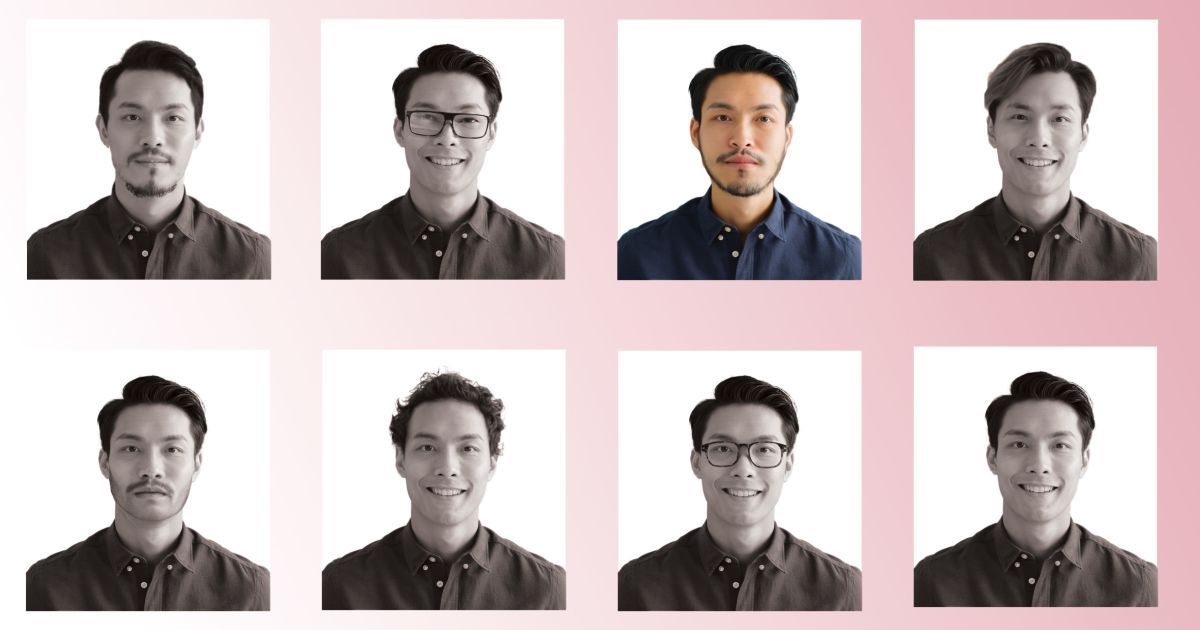Seeking a programming gig? Wear glasses and keep your laptop in frame if you want your profile picture to attract recruiters on hiring platforms.
A new study finds freelancers are more likely to land work when they “look the part” for a particular job. But, as companies increasingly tap into online platforms to hire freelancers, the old saying that looks can be deceiving still rings true.
Faced with myriad candidates who boast similar reviews on various websites, harried employers are relying on profile photos to determine, literally, whether an applicant looks like the right person for the job, says Isamar Troncoso, assistant professor of business administration at Harvard Business School. They often turn to photos when they must compare two final candidates with comparable skills.
“It was from my own experience as a user on these platforms and realizing the contrast with the real world, where we don’t usually share our pictures when we apply for a job.”
However, employers on such platforms may not be particularly well-served by these hunches, which are often rooted in biases and stereotypes. In fact, having the right look does not strongly relate to other measures of freelancers’ knowledge and performance, notes the study, which Troncoso conducted with Lan Luo of the University of Southern California.
Troncoso stumbled into the online recruiting world in 2019 when she was trying to hire a freelancer to support her own work. “It was from my own experience as a user on these platforms and realizing the contrast with the real world, where we don’t usually share our pictures when we apply for a job,” Troncoso says. She recalls wondering, “Why do we need them?”
Two million applications on Freelancer.com
The need for freelancers arises across industries, from marketing to graphic design. Freelancers constituted 36 percent of the US workforce in 2021, according to Upwork, a freelance platform. Aiming to establish trust in this largely virtual gig world, many platforms encourage freelancers to include a personal picture in their profiles, Troncoso notes.
In their study, Troncoso and Luo looked at six months of data collected by Freelancer.com in 2018. It covers more than 160,000 freelancers, over 2 million applications, and 63,014 completed jobs.
They found that freelancers with certain attributes were more likely to land the job, using computer vision techniques to aid evaluations. The study examined some of the characteristics that employers look for in photos when assessing whether a candidate is a good fit. And it is an effect, Troncoso, notes, that goes “above and beyond demographics and beauty.”
What makes the look “just right” depends on the job. For graphic designers, for instance, it is better to be female, and to have a high quality, professional-looking photo (with a small plus for glasses). Other hacks for programmers: Grow a beard and keep a computer visible, Troncoso finds.
Quantifying the value of looking the part
In fact, having particular characteristics is comparable to a 5 percent boost in pay—no small change given those gigging are often required to pay some 10 percent of the work assignment or job to the online platform. Having the right look was also comparable to a 0.3 percent increase in the stars in a freelancer’s rating, significant given the heavy competition for work.
“Encouraging or mandating profile pictures can hurt the hiring prospects of freelancers who ‘do not look the part’.”
“Encouraging or mandating profile pictures can hurt the hiring prospects of freelancers who ‘do not look the part’ and might inadvertently make employers deemphasize arguably less noisy signals of freelancers’ quality (e.g., reputation and performance variables),” write the authors.
Employers on these platforms—often small business owners or individuals without extensive hiring experience—appear to be using photos in the last stage of the decision-making process to pick between freelancers with comparable ratings, the study notes.
Some lessons for platforms and job seekers
For online platforms, refining their ratings to provide a clearer picture of the merits of each candidate could help mitigate appearance-biases hiring decisions. Troncoso adds that platforms must carefully design their recommendation systems, as practices like suggesting multiple freelancers for a particular job could further strengthen the use of pictures as tiebreakers.
There are also some relatively simple things freelancers can do to improve their chances while also not feeding into the biases and misperceptions that employers have about job fit, Troncoso suggests.
“The findings support our conjecture that perceptions of job fit can go above and beyond well-known prejudice variables.”
For example, having a good quality image—even a professionally taken photo—can help an applicant stand out among blurry, amateur pictures.
“Overall, the findings support our conjecture that perceptions of job fit can go above and beyond well-known prejudice variables (gender, race, and beauty) and that they are job category specific,” the authors write.
“Harvard Business School is the graduate business school of Harvard University, a private research university in Boston, Massachusetts. It is consistently ranked among the top business schools in the world and offers a large full-time MBA program, management-related doctoral programs, and executive education programs.”
Please visit the firm link to site




